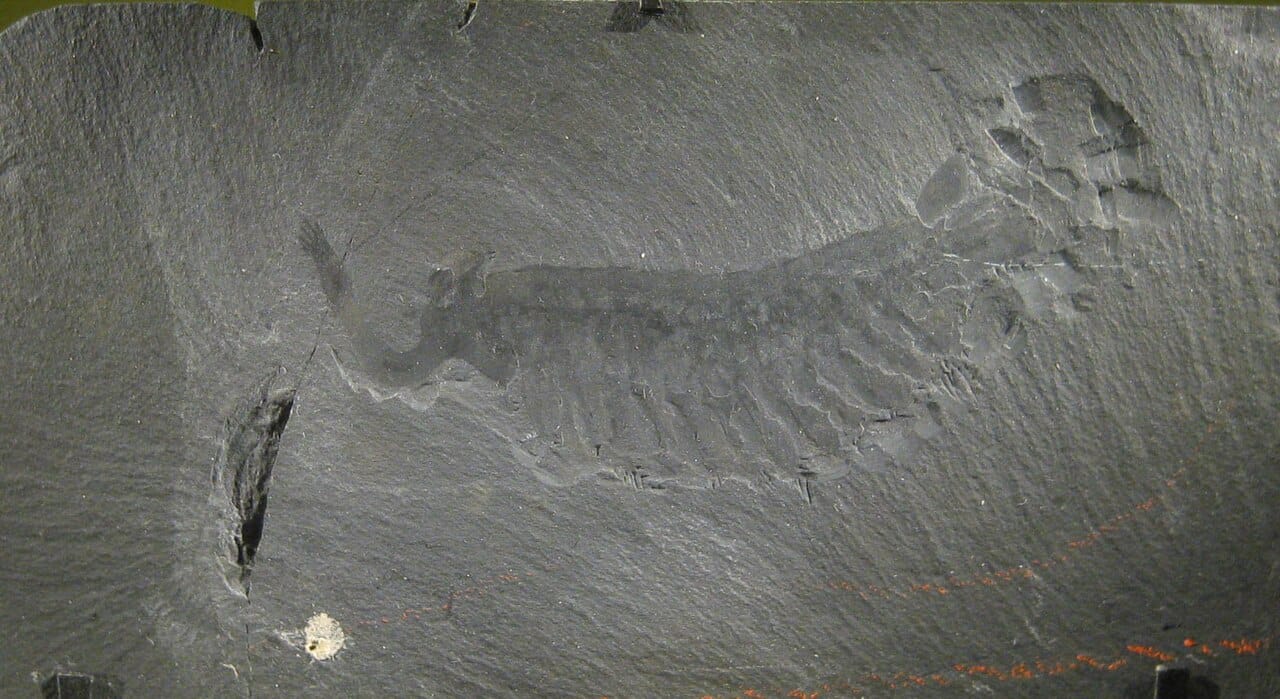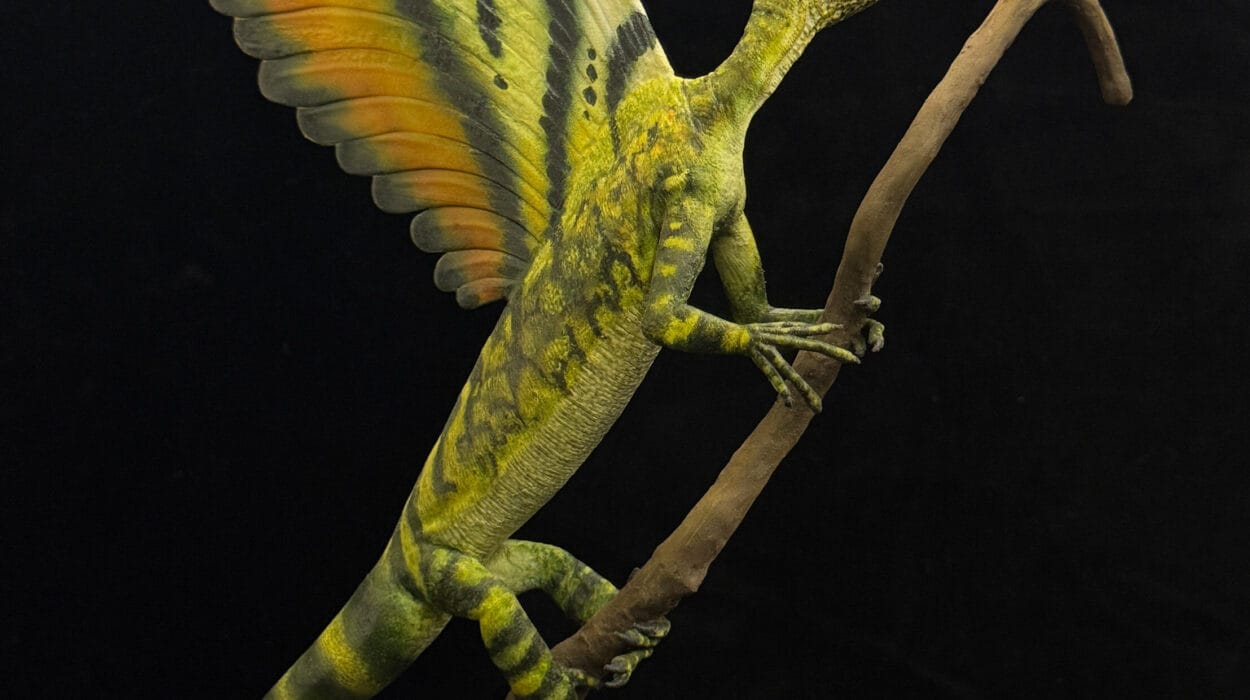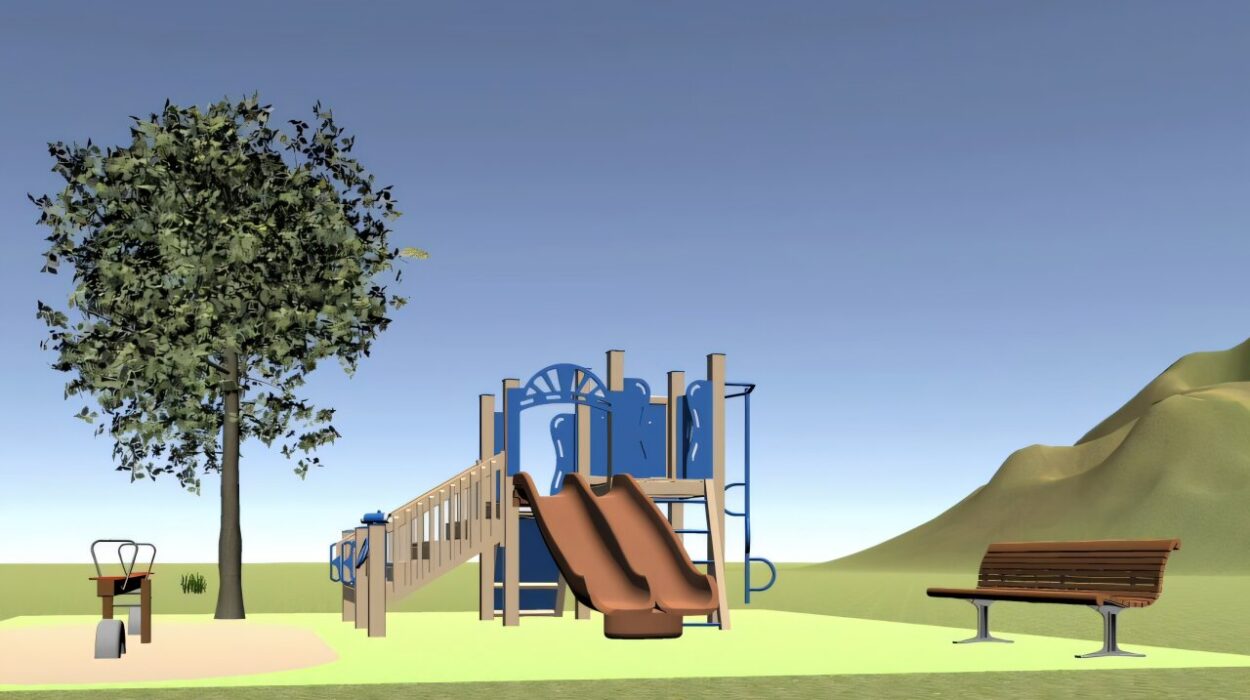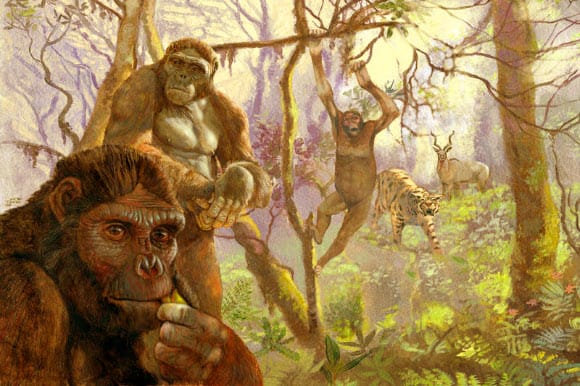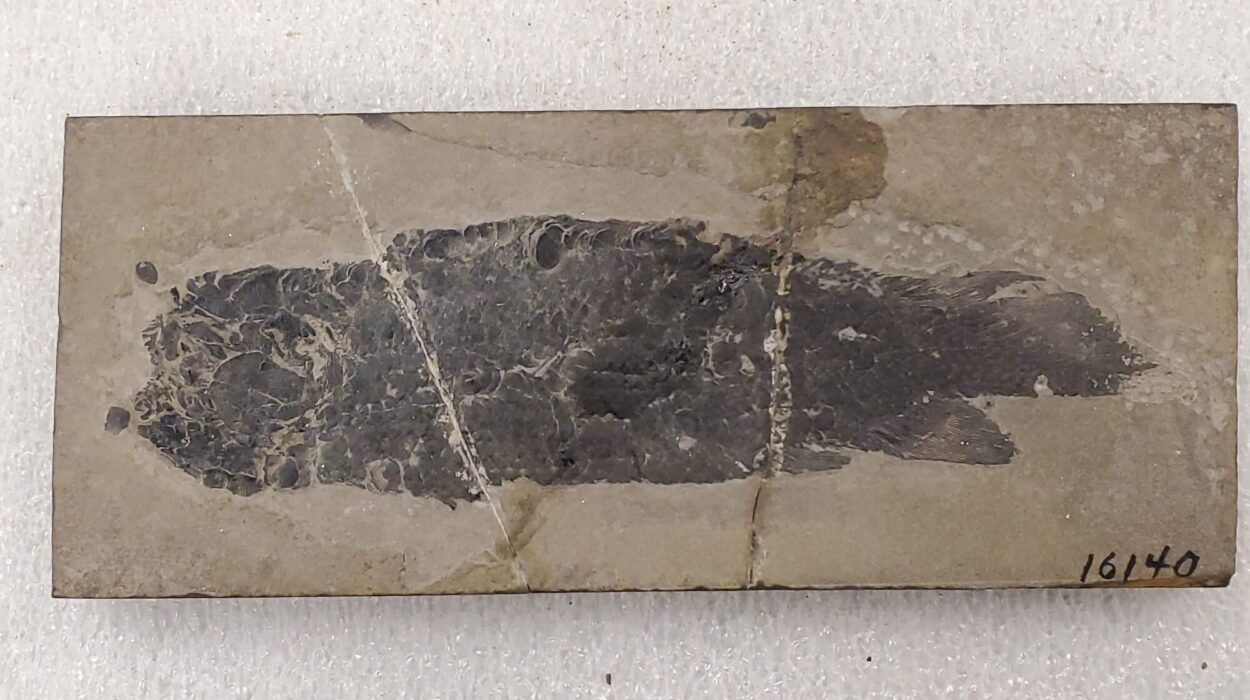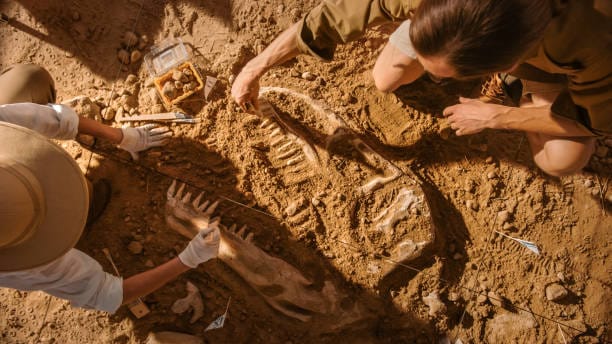Deep beneath layers of rock and sediment, buried in the hushed stillness of ancient earth, there are places where time seems not only to slow—but to stop entirely. These are not ordinary fossil beds. They are exceptional, almost magical. They are Lagerstätten—silent, ancient repositories where entire worlds are entombed with ghostly perfection.
The word “Lagerstätte” (plural: Lagerstätten) might not roll easily off the tongue for non-German speakers, but its meaning resounds in the hearts of paleontologists with the thrill of buried treasure. In German, it simply means “storage place” or “deposit,” but in paleontology, it refers to fossil sites of astonishing richness and exceptional preservation. These sites are rare, but when discovered, they open portals through time. They reveal not just bones and shells, but moments—snapshots of life’s choreography from eons past. The soft bodies of jellyfish, the delicate veins of leaves, the compound eyes of trilobites, and even the contents of a dinosaur’s last meal have all been found in these haunting archives of Earth’s memory.
To speak of a Lagerstätte is to speak of miracles—not supernatural ones, but geological, chemical, and biological ones that together conspire to halt decay and seal away the most ephemeral aspects of life. In doing so, they grant us a clearer window into the shadowed realms of prehistoric Earth.
The Fragile Nature of Fossilization
To understand what makes Lagerstätten so special, one must first grasp how hard it is for anything to fossilize at all. Death, in most of nature, is followed quickly by disappearance. Scavengers pick at flesh, bacteria hasten decomposition, and the weather and water finish what predators start. Even the hard parts—bones, shells, teeth—are crushed, scattered, or worn to dust.
Most fossilization is a slow, partial process. It favors the durable, the buried, the lucky. That’s why the fossil record is biased. It tells us more about creatures with hard skeletons, those who lived in or near sediment-rich aquatic environments, and those who died under just the right circumstances. For every animal that fossilized, millions died and vanished without a trace.
But in a Lagerstätte, something unusual happens. Decay is arrested. Time is kinder. The stories that are normally erased are instead preserved with uncanny detail. We see not only skeletons, but skin. Not just outlines, but organs. These are fossils that feel alive.
Two Faces of a Lagerstätte
In the study of Lagerstätten, scientists distinguish between two broad types: Konzentrat-Lagerstätten and Konservat-Lagerstätten. The first kind, Konzentrat (meaning “concentration”), refers to sites where fossils are abundant—bone beds rich in dinosaur remains, for example. These are places where the numbers are staggering, but the fossils may be fragmented or lack fine detail.
The second kind, Konservat (meaning “conservation”), is what truly sparks awe. These are the fossil beds that capture soft tissues, color patterns, stomach contents, and embryonic remains. Konservat-Lagerstätten preserve not just the form of life, but the whispers of behavior, the moments in motion, the biological poetry of things that should have been forgotten.
Most of the famous Lagerstätten—the ones that reveal entire lost ecosystems—fall into this latter category. They are precious, not for their quantity alone, but for the haunting quality of what they preserve.
Burgess Shale: A Canvas of Cambrian Wonders
One of the most iconic Lagerstätten in the world lies high in the Canadian Rockies, far above the tree line, where jagged peaks scrape the sky. The Burgess Shale, discovered in 1909 by Charles Doolittle Walcott, contains fossils from the middle Cambrian Period, about 508 million years ago. This was shortly after the Cambrian Explosion, a sudden flowering of complex animal life in Earth’s oceans.
What makes the Burgess Shale extraordinary is its preservation of soft-bodied creatures—animals that lacked shells or skeletons and would normally have dissolved into nothing. Here, in this rare oasis of fossilization, we find bizarre and beautiful beings: the five-eyed Opabinia, the segmented Hallucigenia walking on spines, and the formidable predator Anomalocaris. Many of these creatures are so strange that they seem like lifeforms from an alien world.
Yet they are us. Not literally, of course—but metaphorically. They are part of the evolutionary lineage that would, billions of years later, include vertebrates and humans. The Burgess Shale doesn’t just preserve animals—it preserves the dawn of modern ecosystems.
The secret of its preservation lies in the rapid burial of organisms by fine-grained sediment in an oxygen-deprived environment. The absence of oxygen limited decay, while the fine silt created exquisite molds of even the most delicate structures. In this way, an entire community was fossilized—not just bones and shells, but behavior, diversity, and evolutionary experimentation.
Solnhofen Limestone: The Stone That Caught a Feather
In the quiet Bavarian town of Solnhofen, Germany, lies a limestone deposit that has yielded some of the most beautifully preserved fossils ever found. Dating from the Late Jurassic, about 150 million years ago, the Solnhofen Limestone offers a vivid window into a tropical lagoon teeming with life. It was here, in the 19th century, that a fossil was uncovered that changed everything: Archaeopteryx.
With the body of a small dinosaur and the unmistakable imprint of feathers, Archaeopteryx bridged two worlds—reptilian past and avian future. It was the “missing link” that Darwin’s critics had demanded, found just a few years after On the Origin of Species was published. But Archaeopteryx was only the beginning.
The Solnhofen deposits are so fine-grained that they preserved the outlines of wings, the gossamer of dragonfly wings, even jellyfish. How? The area was once a warm, shallow sea dotted with lagoons. These lagoons were cut off from open ocean circulation, making them hypersaline and low in oxygen. Any animal that drifted or fell into the lagoon sank and was entombed in soft carbonate mud—safe from scavengers and decay.
Here, the record is not just bones—it’s ballet. Fossilized sea lilies curl in death poses, squid hover in ghostly outlines, and pterosaurs preserve the texture of their wing membranes. The stone has become a page, and evolution has written with astonishing clarity.
Messel Pit: Echoes from a Tertiary Forest
Not far from Frankfurt, Germany, a disused oil shale quarry called the Messel Pit contains fossils so detailed they include hair, stomach contents, and even retinal pigments. Dating to about 47 million years ago—Eocene epoch—this Lagerstätte reveals a subtropical rainforest brimming with life.
Tiny primates leap through the canopy. Birds with iridescent feathers perch beside turtles and crocodiles. Horses the size of dogs trot along fern-covered forest floors. Even bats, in the earliest stages of evolution, spread their wings in this ancient portrait.
The preservation at Messel was aided by a stagnant lake environment. Dead animals would sink to the anoxic bottom, where fine-grained sediments sealed them in. Some fossils even preserve color patterns, indicating that butterflies had eye spots and fish had camouflage.
Messel is not just about anatomy—it’s about ecology. It’s one of the few places where we can see how entire communities interacted, from algae and insects to mammals and birds. It’s not just a fossil site—it’s an echo chamber of life.
Chengjiang: China’s Cambrian Revelation
For decades, the Burgess Shale was thought to be unique. But in the 1980s, a similar site was discovered in Yunnan Province, China: the Chengjiang biota. Older than Burgess, by nearly 10 million years, it contains fossils from the early Cambrian—about 518 million years ago.
Like Burgess, it holds bizarre and beautiful animals. But its significance is deeper still. Chengjiang includes early chordates—relatives of vertebrates—including Myllokunmingia, one of the earliest known creatures with a notochord. In these humble swimmers are the whispers of spines, skulls, and eventually, consciousness.
The preservation is similar to Burgess—rapid burial in fine sediment under low-oxygen conditions. Yet the diversity and quantity of fossils at Chengjiang are even more staggering, offering rich insights into the early phases of animal evolution.
Fossil Lake: America’s Serengeti of Stone
In what is now Wyoming, 50 million years ago, a vast subtropical lake shimmered under a warm sun. Today, that ancient lakebed—known as the Green River Formation—is one of the world’s most prolific Lagerstätten. Its most famous part, Fossil Lake, contains fossils of fish so perfect that even their scales and gill covers remain intact.
But Fossil Lake holds more than fish. It reveals turtles mid-swim, stingrays in silt, bats hanging upside-down in death, and birds fossilized with their feathers fully fanned. There are insects, crocodiles, and even delicate leaves that fluttered from overhanging trees.
The lake bottom was anoxic and calm, a perfect preservation trap. Here, the artistry of fossilization reaches its pinnacle—where time brushes every detail in stone, and the silence of the past becomes visible.
What Lagerstätten Teach Us About Life
Lagerstätten do not merely fill gaps in the fossil record—they redefine what we know. They show us not just the morphology of extinct species but their behaviors, interactions, and environments. They illuminate the soft-bodied majority of life that normally goes unseen. Without Lagerstätten, entire phyla would be invisible to us.
From them, we’ve learned about the Cambrian explosion, the evolution of flight, the transition from water to land, and the development of early ecosystems. They teach us how climate shapes life, how extinction leaves echoes, and how life responds in bursts of innovation after catastrophe.
They reveal not just what creatures looked like, but how they lived—and sometimes, how they died. A fish with another fish in its mouth. A dinosaur caught mid-run. A mammal curled in sleep. These are not just artifacts—they are moments.
The Fragility of Discovery
Lagerstätten are precious, not just because they are rare, but because they are vulnerable. Some have already been lost—eroded, destroyed by quarrying, or damaged by illegal fossil trade. Others are protected, but at constant risk from human activity.
And even when they are studied with care, we cannot revisit them endlessly. Each fossil that is unearthed is both a revelation and a depletion. The more we dig, the more we learn—but also the more we risk disturbing what cannot be replaced.
Responsible excavation, international collaboration, and ethical fossil stewardship are essential. These windows into the past must remain open—not only for science, but for future generations to look through.
Time Capsules of the Imagination
Ultimately, Lagerstätten are more than scientific marvels—they are invitations to wonder. They remind us that the Earth is an ancient and dynamic storyteller. Beneath our feet lie whole worlds waiting to be read, in languages written by time and chemistry.
They challenge our assumptions, sharpen our theories, and feed our sense of awe. For in a single slab of stone, a hundred million years might bloom. A trilobite might scuttle once more, a fern might unfurl, and a dragonfly might shimmer over waters long vanished.
And in the quiet reverence of such discoveries, we are reminded: we, too, are part of this tapestry—fleeting, delicate, and full of wonder.
